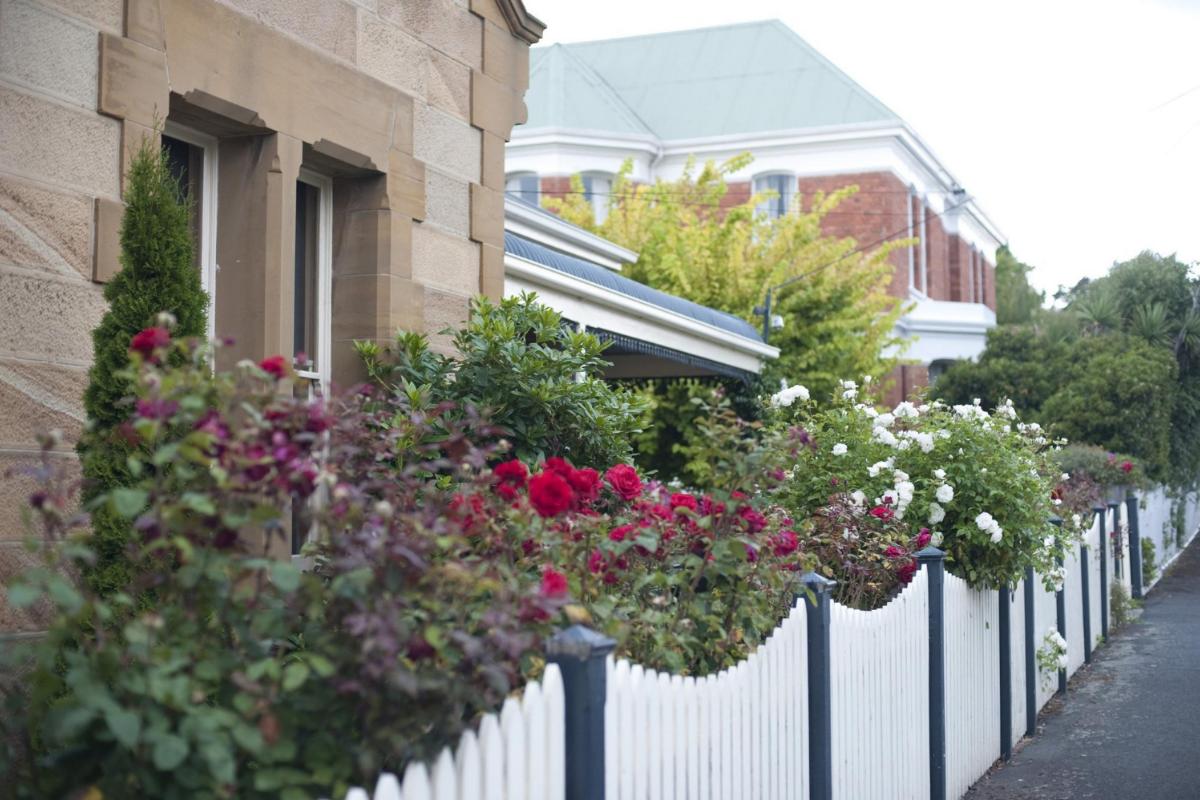
The sight of ivy, honeysuckle or clematis growing along a fence is a beautiful one, and it can be the perfect addition you need in your yard to create a natural decoration for your fence. This is not to ignore the fact that a lot of property owners do not want to plant vines around their fence because vines can be aggressive. If you are wondering or trying to find out if vines can ruin your fence or get ideas on the fence-friendly vines to put on your fence, here are the advantages and disadvantages of planting them.
These vines form small tendril spirals and wrap around thin rod-like objects to hold up. Examples include trumpet vines, grapes, morning glories, and clematis.
These vines have their stem twisted around thin supports. Typical examples are honeysuckle and Jasmine.
These vines find it easy to cling to vertical surfaces such as brick or wood. They use the suction cups on their rootlets to fasten themselves to the surface they are growing on. Examples of clinging vines are Virginia creeper and Boston ivy.
These vines form small tendril spirals and wrap around thin rod-like objects to hold up. Examples include trumpet vines, grapes, morning glories, and clematis.
From the above-mentioned types of vines, you may not easily get them to grow on your fence without putting in some efforts yourself. If you would like to have vines on your fence, get a fencing contractor in Orlando for advice. Twining and tendril vines are best grown along chain link fences while for vinyl or wooden fences, you will need extra support.
So, how about we check out the advantages and disadvantages of growing vines along your fence?
This is the primary function and benefit of planting vines along your fence. Vines add beauty, greenery, and depth to your yard especially if your fence is a chain-link fence because chain-link fences are not that aesthetically pleasing like other fences. So, you plant vines to spruce things up a bit.
Even though most people install fences for privacy purposes, you could plant vines to increase the level of privacy your fence already offers. The vines can also provide shade in case you would like to relax outside away from the sun.
Some vines, when flowering, gives the environment a lovely scent. An example is Honeysuckle.
The only and most-feared disadvantage planting vines along a fence can bring is that the vines may damage the fence. Clinging vines, for instance, can stain the fence and if your fence is wooden, the moisture from vines can induce rot. To prevent any damage vines can cause, choose vines like climbing nasturtium or morning glory. Another type of damage vines can cause is weighing down the fence they are planted on of the fence is not sturdy enough to provide support. You can talk to professional fencing contractors New Smyrna Beach for more informed advice and better options.
If you need a fencing contractor in Orlando to give you ideas of vines to plant along your fence or help you through the whole process, get in touch with the professionals at Wulff Fence. Contact us today to get answers to all of your questions. We look forward to hearing from you soon.